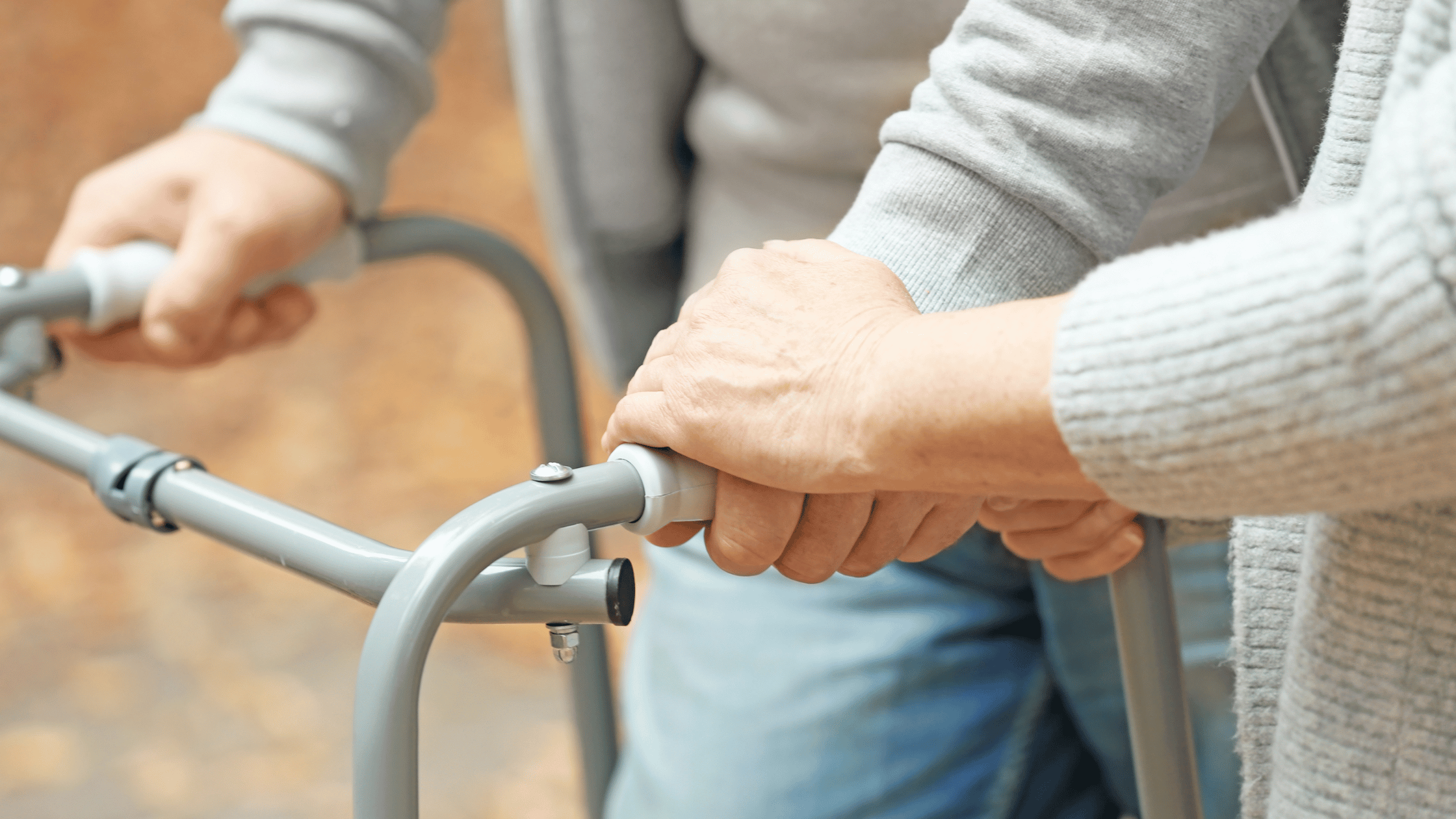Debunking Parkinson's Disease Myths: Effective Treatment Plans

Licensed Physical Therapist, PT, DPT // Dry Needling Certified // EW Motion Therapy Trussville
Parkinson's disease, a complex neurodegenerative disorder, has been shrouded in misconceptions and myths. Understanding the truth behind these myths is essential for patients and their families to manage the condition effectively. Whether you or your loved one has been aware of your diagnosis for a while, debunking common myths can help bring you some peace and confidence to navigate this disease. We love helping our Parkinson’s patients at EW Motion Therapy maintain their independence and mobility safely to continue their daily activities. To support that effort, we aim to debunk common myths surrounding Parkinson's disease and discuss what to do after you or a loved one receives a Parkinson’s diagnosis, ensuring you are well-informed to make decisions about your health or that of your loved ones, whether you decide that our services fit your needs or not.
Myth 1: Parkinson's disease only affects the elderly
Understanding the age range
One common misconception is that Parkinson's disease exclusively affects older adults. While it is true that the majority of patients are diagnosed after the age of 60, Parkinson's can affect younger individuals as well. Early-onset Parkinson's disease occurs in people younger than 50 and, in some cases, even affects those in their 30s and 40s. Understanding that Parkinson's is not just an "old person's disease" is crucial for early detection and treatment.
The importance of awareness
Awareness of this fact can lead to earlier diagnoses, which is vital for effectively managing symptoms. Younger people may overlook or misattribute the initial symptoms, delaying the diagnosis. Recognizing that Parkinson's can affect adults at a younger age is essential for seeking timely medical advice and intervention.
Myth 2: Parkinson's disease is only a movement disorder
The spectrum of symptoms
While Parkinson's is primarily characterized by movement issues such as tremors, stiffness, and balance problems, it is not solely a movement disorder. Non-motor symptoms play a significant role in the condition and may include sleep disturbances, mood disorders, cognitive changes, and autonomic dysfunction. Acknowledging the full spectrum of Parkinson's symptoms is vital for comprehensive care.
Addressing non-motor symptoms
Understanding that Parkinson's encompasses more than physical symptoms ensures a holistic treatment approach. Patients should be encouraged to communicate all their symptoms to healthcare providers, not just the motor-related ones. This ensures that all aspects of the disease are managed and treated effectively.
Myth 3: Parkinson's disease Is fatal
Life expectancy considerations
Another widespread myth is that Parkinson's disease is directly fatal. While Parkinson's is a severe and progressive condition, it is not in itself a deadly disease. Most symptoms of Parkinson's are manageable, and many individuals with the disease have an average or near-normal life expectancy.
Quality of life management
The focus should be on managing symptoms and improving quality of life rather than on the fear of fatality. With appropriate treatment and care, individuals with Parkinson's can lead fulfilling lives for many years after diagnosis. It's essential to shift the narrative from fatality to quality of life and symptom management.
What to do after a Parkinson's diagnosis
Educate yourself and seek support
Upon receiving a Parkinson's diagnosis, it's essential to educate yourself about the condition. Understanding Parkinson's will help you make informed decisions about your care. Seek support from healthcare professionals, support groups, and national organizations dedicated to Parkinson's disease.
Develop a comprehensive care team
Building a multidisciplinary care team is crucial. This team may include neurologists, physical therapists, occupational therapists, speech therapists, and mental health professionals. A comprehensive care team can address the wide range of Parkinson's symptoms and help you maintain your quality of life.
Establish a treatment and management plan
Work with your healthcare provider to develop a personalized treatment plan. This plan may include medications to manage symptoms, physical and occupational therapy to enhance mobility and daily function, and lifestyle modifications to improve overall health.
Plan for the future
While living with Parkinson's, it's essential to plan for the future. This can include adjusting your living environment to ensure safety and accessibility, considering financial planning for long-term care needs, and discussing your wishes with family members.
Stay active and engaged
Maintaining physical activity and social engagement can significantly impact your quality of life. Exercise can improve mobility and mood while staying socially connected, providing emotional support, and combating loneliness.
Empowerment through information
Understanding the truths about Parkinson's disease empowers patients and their families to tackle the condition with knowledge and confidence. By debunking these common myths, we can better understand Parkinson's and encourage those affected to seek the best possible care.
Remember, Parkinson's disease affects everyone differently, and staying informed about your situation is crucial. If you or a loved one has been diagnosed with Parkinson's, reach out to healthcare professionals to discuss the most effective treatment plan for your unique needs. Educated and well-informed choices are the cornerstone of managing Parkinson's disease and leading a healthier, more active life.
While Parkinson's disease presents significant challenges, understanding the facts can help dispel fears and misconceptions. By debunking these myths, we aim to provide clarity and hope to those affected by Parkinson's. Armed with the correct information and support, individuals with Parkinson's can continue to lead meaningful and fulfilling lives, especially with physical therapy, helping them move safely and perform their essential and favorite activities. Healthy and safe movement is our ultimate goal for our Parkinson’s patients at EW Motion Therapy, including any modifications needed at home to promote independence. If you want to learn more about removing tripping hazards in your home, click below to download our free home safety guide.



